Introduction
Welcome to the ultimate guide to revolutionizing your home through the simple act of cleaning your shades. This often overlooked task not only enhances the aesthetic appeal of your rooms but also contributes significantly to your family's health by eliminating allergens and bacteria. From understanding the importance of clean shades to exploring the specific cleaning needs of different types of shades, this guide will provide you with comprehensive insights. We'll also delve into the right tools for the job, a step-by-step cleaning guide, routine maintenance tips, and when to call in the professionals. Let's embark on this journey to transform your home into a cleaner, healthier, and more beautiful space.
Understanding the Importance of Clean Shades
Clean shades not only freshen the look of any room décor but also contribute to your family’s daily health by being free of allergens and bacteria. Regular dusting or wiping of your shades is crucial to control the buildup of unsightly and potentially unhealthy particles. However, when dust and contaminants adhere to the surfaces of shades due to oily vapour from cooking and moisture, a washing process is required. Professional Ultrasonic Cleaning is an affordable alternative that can transform your home into a wholesome environment by removing traces of nicotine, soot, grease, pet hair, and organic micro-particles.
Types of Shades and Their Specific Cleaning Needs
When it comes to cleaning window shades, there are a few things to keep in mind. Roman shades can be cleaned with regular dusting and gentle vacuuming. Roller shades follow a similar process. Cellular or honeycomb shades, however, require a bit more care due to their delicate fabric. Avoid getting these shades too wet when spot cleaning. Advanced drape and sheer shading have their own unique cleaning processes. Regular dusting, occasional gentle vacuuming, and careful spot treatment with mild soap and water are recommended. For sheer shading, only spot cleaning is advised.
Roller Shades
Roller shades, while durable and stylish, will occasionally require cleaning due to everyday wear and tear. It's crucial to clean them correctly to avoid damaging the material or internal mechanisms. Never submerge your roller shades in water as this can cause harm. Instead, there are safer methods to ensure your roller shades are clean and continue to enhance the aesthetics of your space. If you're unsure about the cleaning process, it's always wise to consult with a professional.
Roman Shades
Is it time to clean your Roman Shades? You may be wondering the best way to clean your window treatments without damaging the material. Roman Shades require specific care to maintain their aesthetic appeal and functionality. Understanding the right cleaning methods can help prolong their lifespan and keep them looking their best. Stay tuned for a comprehensive guide on how to effectively clean your Roman Shades.
Pleated Shades
Pleated shades, with their unique accordion-style fabric design, are stylish and effective at blocking sunlight. However, they attract dirt, dust, and allergens that can accumulate on the shade and inside the fabric folds. Cleaning pleated shades is a simple process, but it requires a bit of know-how and a cautious approach to avoid damaging the fabric. The cleaning process depends on how dirty they are, and it's important to check the manufacturer's cleaning instructions before starting. Regular cleaning doesn't require more than removing built-up dirt and dust, but shades installed on frequently opened doors or windows may require more intense cleaning.
Cellular Shades
Cellular shades, made of fabric, are prone to dust and stains, especially in high traffic areas. Bugs can get stuck in the cellular shade pockets, but they can be easily removed using a can of compressed air or a hairdryer on cool. Dust can be removed using a vacuum with a hose brush attachment or a lint roller. For stains, blotting with a damp cloth, warm water, and mild detergent is recommended. However, avoid getting the shades overly wet as it can cause the fabric to lose its shape and the metal components to rust. For stubborn grime, consider professional ultrasonic cleaning.
The Right Tools for the Job
Cleaning shades requires the right tools to ensure effectiveness and prevent damage. Two common tools are a microfiber mini blind duster and a microfiber cloth. The microfiber mini blind duster is ideal for light dusting, while the microfiber cloth is perfect for more thorough cleaning. The choice of tool depends on the level of dirt on your shades. Remember to vacuum up any dust or debris on the ground after cleaning.
Step-by-Step Guide to Cleaning Your Shades
Cleaning your shades depends on their type. For wood blinds, avoid water and use a soft cloth or vacuum. Faux wood blinds can be cleaned with a bit of water and a soft cloth. Aluminum blinds are easy to clean with a feather duster or vacuum. Cellular shades, due to their fabric layers, need regular cleaning to avoid a dull tint. Solar shades, made from fade-resistant PVC fabric, resist mold and moisture, making them easy to clean. Bamboo shades, made from natural materials, should never be cleaned with water. Fabric shades and drapery cleaning methods vary depending on the fabric.
Routine Maintenance and Care Tips
Maintaining your shades is crucial for their longevity and effectiveness. Regular checks are necessary to ensure they meet safety standards and do not lose tension. Monitor and repair your shades after major wind events and cut back any overhanging trees or branches that could damage them. Be vigilant for signs of vandalism, as this can cause lasting damage and safety issues. Lastly, keep a photographic record of your shades during inspections to monitor changes over time.
When to Call a Professional
There are times when professional help is necessary for cleaning your shades. Trusted leaders in the restoration industry provide 24/7 emergency service with highly trained technicians. They can clean all types of curtains, draperies, and blinds. Blinds should be cleaned once a month, and curtains or draperies every three to six months. However, if a member of your household has severe allergies, consider cleanings more often. Individualized cleaning services and advanced technology ensure a thorough cleaning process, making it a reliable choice for professional cleaning needs.
Conclusion
In conclusion, the importance of clean shades in your home cannot be overstated. Not only do they enhance the aesthetic appeal of your rooms, but they also contribute to a healthier living environment by reducing allergens and bacteria. Different types of shades require specific cleaning methods and tools, and regular maintenance is crucial for their longevity and effectiveness. While many cleaning tasks can be handled at home, professional services offer advanced cleaning solutions for more complex needs. By incorporating these tips and practices into your cleaning routine, you can truly revolutionize your home, making it a cleaner, healthier, and more beautiful place to live.
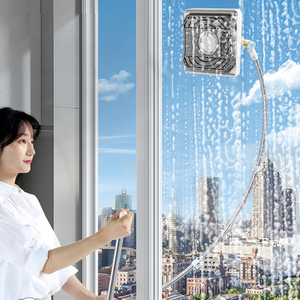
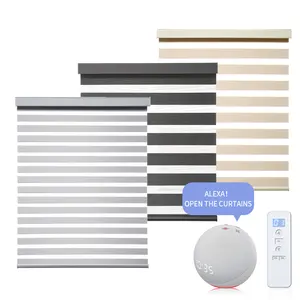








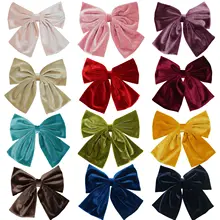








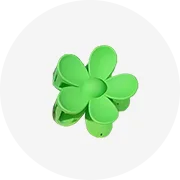
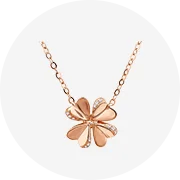
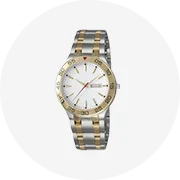
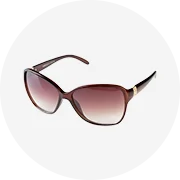
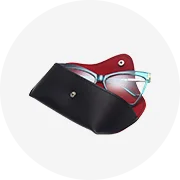
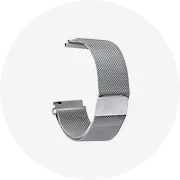
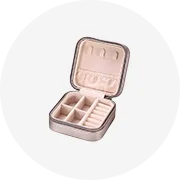








 浙公网安备 33010002000092号
浙公网安备 33010002000092号 浙B2-20120091-4
浙B2-20120091-4